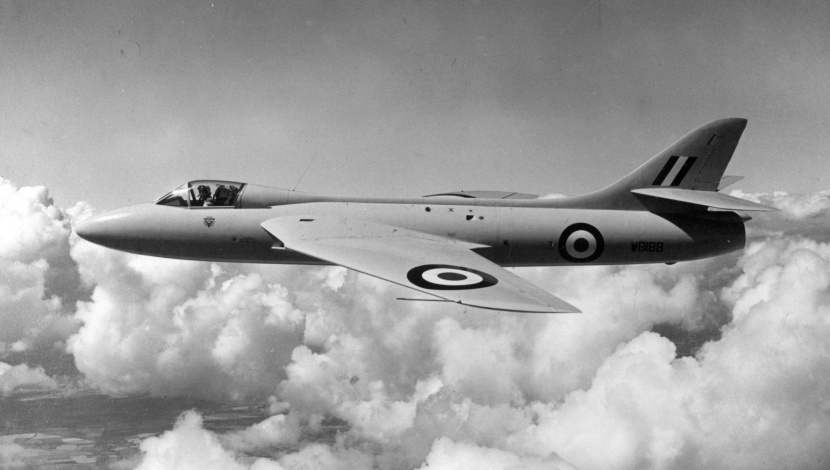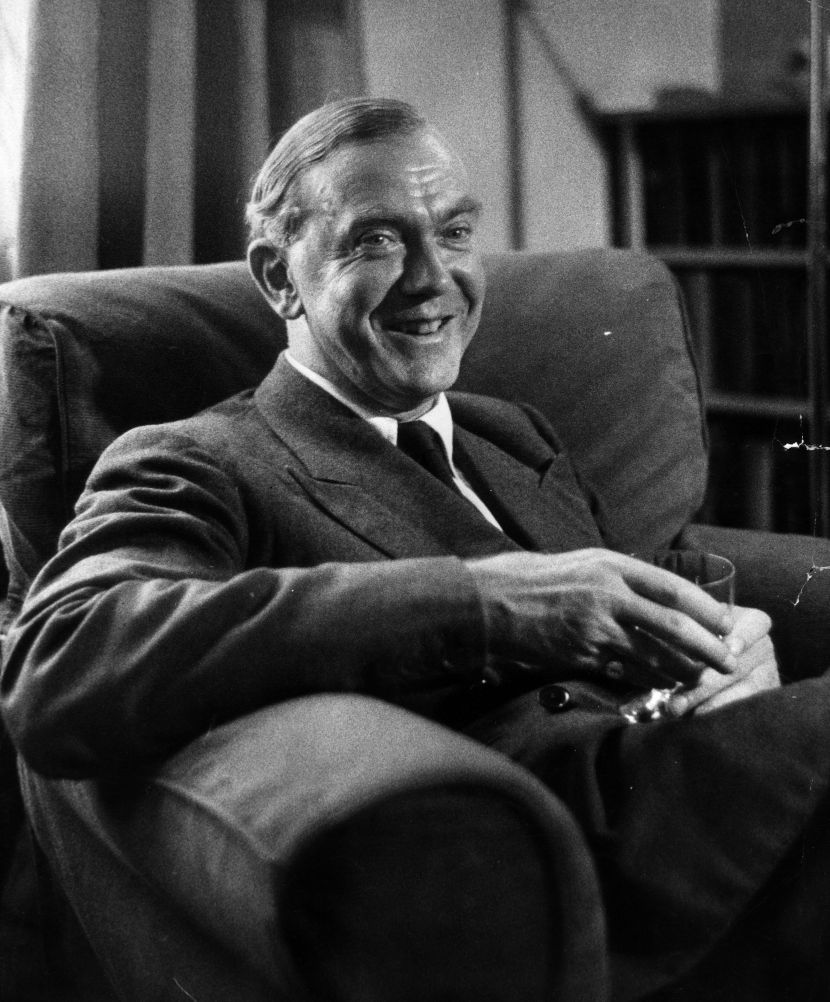Which aircraft type different famous writers would be

In an attempt to create an aviation article that will only be read by twelve people, we have paired notable aircraft with notable writers (or in one case, her character). Shared chronology, traits or nationality sees these titans of literature matched with their flying riveted twins. Whereas Roald Dahl, Antoine de Saint-Exupéry and Thomas Ruggles Pynchon have readily obvious links to aviation, our approach was a little more oblique. Confused? Keep reading.
Hawker Hunter – Graham Greene ‘The future’s in the air’


These two great British characters are clear matches. The Hawker Hunter and Greene’s prose style were functional and simple, and both employ elegant uncluttered lines. Greene wrote his brilliant ‘End of the affair’ in 1951 and, perhaps in as celebration, the prototype Hunter flew. Both were occasional spies, but we know more about the Hunter’s reconnaissance duties. Both were fascinated with decrepit corrupt regimes: the Hunter fighting for them and Greene documenting them. The ‘near idiot-proof’, Hunter was kind and undemanding to its pilots, similarly Greene is easy and accessible to read, spurning unnecessarily complicated tricks. Greene died in 1991, the Hunter in 1994. Though the Hunter, perhaps proving Catholic in belief, has enjoyed a long afterlife, returning to fight for the Lebanese Air Force in the 2010s and continuing in several support roles around the world. Both remain much-loved to the present day.
Antonov A-40/ MikhailBulgakov ‘The heart of a tank’


Antonovs are Russian right? Oh wait no, they’re Ukrainian, but Kiev was in the Soviet Union when the design bureau started in 1946. Bulgakov was Russian right? Sort of, he was born in Kiev when it was in the Russian Empire. Bulgakov died in 1940 as work on a flying tank began. Whether he reincarnated himself as this flying tank is hard to say, but this absurd (yet at the time strangely ubiquitous) was as unlikely and thrilling as his classic works. In his most famous book, The Master & Margarita, the titular character female learns to fly across the USSR. She then welcomes the dark celebrities of human history as they arrive from Hell – the A-40 was expected to send some of the darkest celebrities (the leaders of the nazi invasion) into hell, while aiding the extremely dark Stalin. Both Bulgakov and the A-40 endured a complicated relationship with the communist monster, and neither helped the Soviet Union.
AH-64 Apache – Bret Easton Ellis ‘Imperial Gunships’

In an ugly modern world of brutal psychopathy, the killiest military aircraft is certainly an American Psycho. Less than zero and the Apache become operational in the mid-1980s and both displayed a love of gadgets and a glee in dismembering people. The Apache fought in Desert Storm in 1991, the same year American Psycho hit the shelves.

Airbus A320 – Alain de Botton ‘The school of lift’

Ahh, these clever, helpful, Europeans are often scorned by snobs, but both are huge successes that make life easier. Alain, born in 1969, is a year older than Airbus. Airbus mastered the Architecture of Happiness with the A380, popular with passengers for its winding alleys and charming squares, but sadly a world full of beancounters killed it. He also made a brilliant diagram about the probability of falling in love on an airliner that I’ll add to this article when I find it.
F. Scott Fitzgerald – Lockheed Model 10 ‘Electra Ladyland’


Elegance, glamour and a touch of tragedy unite these two two American interwar heroes. The exquisite Electra carried Amelia Earhart to a fate unknown in 1937, the year Fitzgerald signed a contract with MGM. Though the aircraft had a rather later heyday than the author, these two poetic beings shared the excitement of an age with the same fresh energised beauty.
Raymond Queneau —SNECMA Coléoptère ‘Doukipudonktan?’

 Experimental, bizarre and extremely clever – it’s hard to understand what the hell either of this two French innovators was up to. The bonkers Coléoptère took to the sky in 1959, the year Zazie dans le métro was published, both are surreal, and full of visual jokes.
Experimental, bizarre and extremely clever – it’s hard to understand what the hell either of this two French innovators was up to. The bonkers Coléoptère took to the sky in 1959, the year Zazie dans le métro was published, both are surreal, and full of visual jokes.
Sue Townsend/ Nimrod AEW. 3 ‘Big nose strikes again’


Thatcher’s Britain wasn’t very good as military equipment. It gave birth to the hopeless SA80 rifle, the overpriced and limited Hawk 200, the seriously flawed Challenger I, the gunless Harrier GR5 (years behind its US equivalent), the radarless unagile Tornado ADV and the awkward Nimrod AEW.3. This wannabe AWACS soaked up a great deal of money only to be binned and to have the role filled by a US aircraft (see Nimrod MRA.4 for the more expensive reboot of the story). Like the BAe ‘Big Nose’, Townsend’s Adrian Mole is a deluded and awkward individual failing to live up to his delusions of grandeur.
(Special thanks to Thomas Lovegrove)


Honoured by your presence Gustav.
1/12